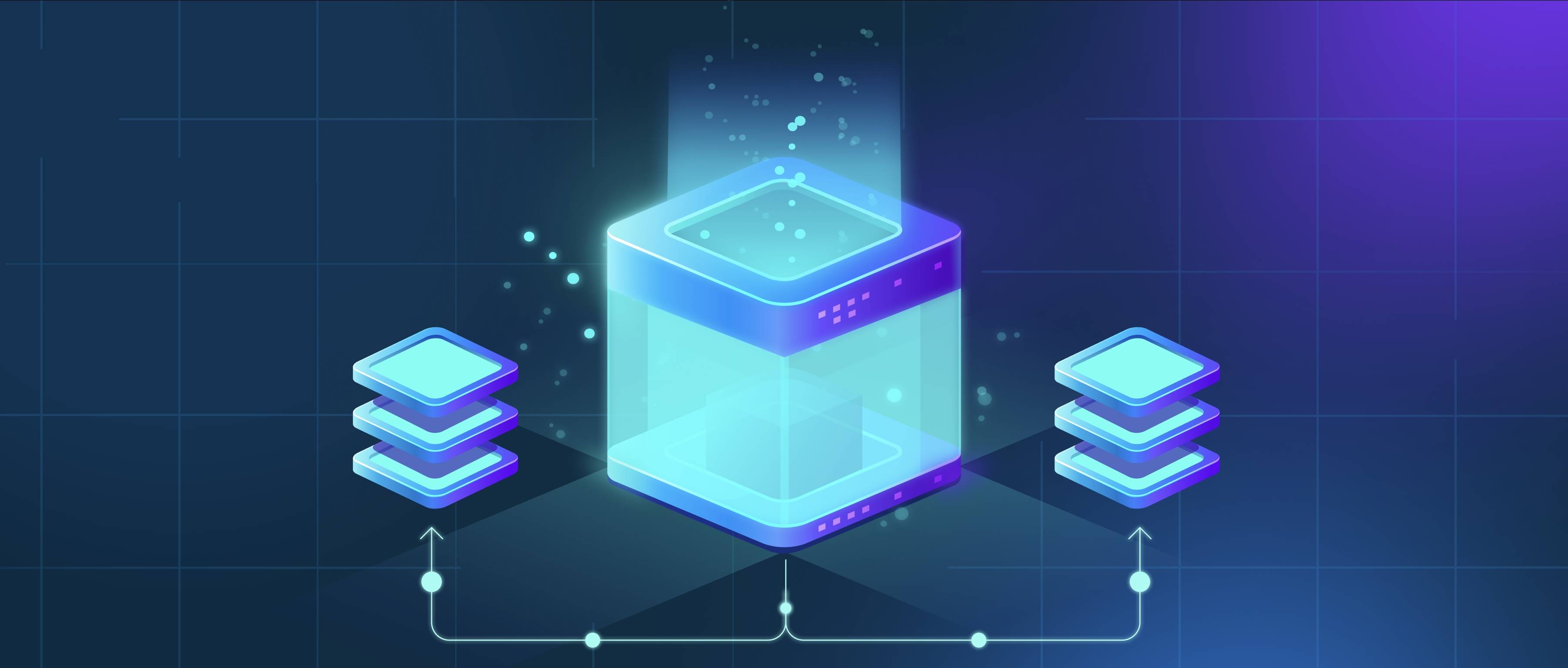Document databases handle streaming data by allowing for flexible data ingestion and real-time processing capabilities. These databases, such as MongoDB and Couchbase, store data in a semi-structured format, typically as JSON or BSON documents. This format enables developers to easily add, modify, and query streams of data without requiring a predefined schema. As a result, document databases are well-suited for applications that generate continuous streams of data, such as IoT devices, user activity tracking, or social media feeds.
When integrating streaming data into a document database, developers often use tools and frameworks that facilitate data ingestion. For instance, Apache Kafka can be used alongside a document database to manage real-time data pipelines. In this setup, data from various sources can be streamed into Kafka, which acts as a buffer. From Kafka, data is then processed and written to the document database. This approach ensures that the data is consistently stored and can be queried or analyzed in real time. It supports high throughput and low latency, which are critical in streaming data scenarios.
Furthermore, document databases allow for flexible querying and indexing options that can enhance the way streaming data is utilized. Developers can index specific fields within the documents, making it easier to retrieve relevant data quickly. For example, if an application tracks user interactions in real time, you could index the timestamp and user ID fields to enable fast lookups. This capability allows developers to perform analytics and generate insights on the streaming data more efficiently, enhancing overall application performance.
